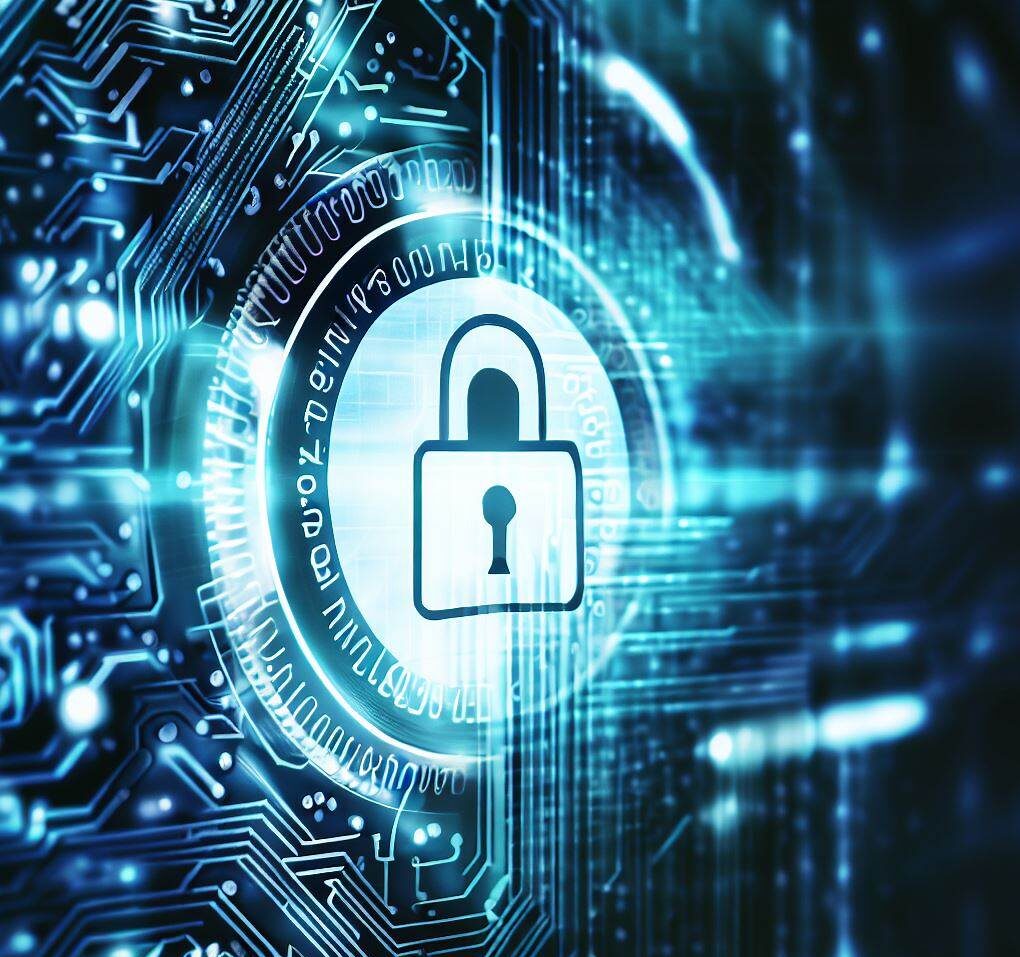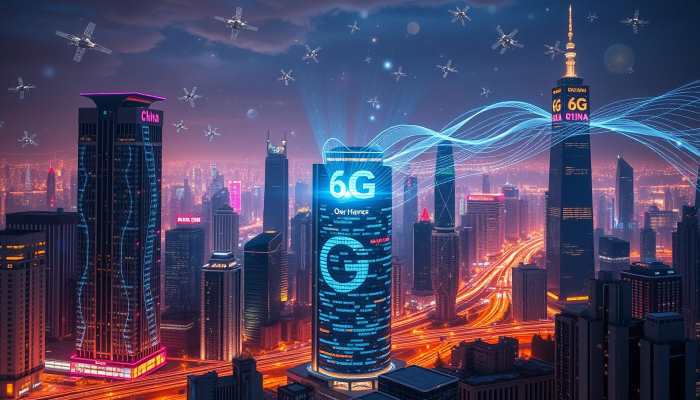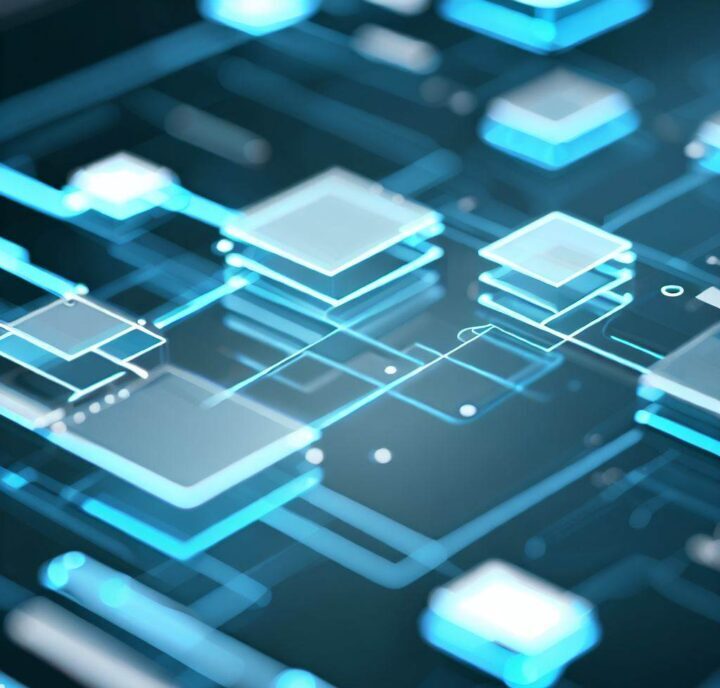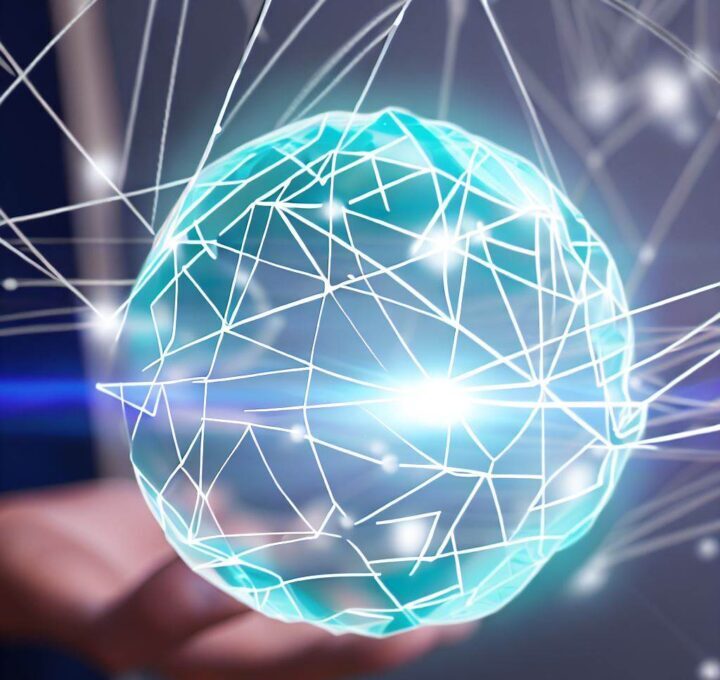6G is the sixth generation of cellular network technology. It is still in its early stages of development, but it is expected to offer significant improvements over 5G in terms of speed, latency, and reliability. 6G is also expected to support new applications such as holographic video and tactile telepresence.
New Trending News 👉 10G and 6G Technology: How China is Leading the Fastest Network Revolution!
Table of Contents
Key Features of 6G
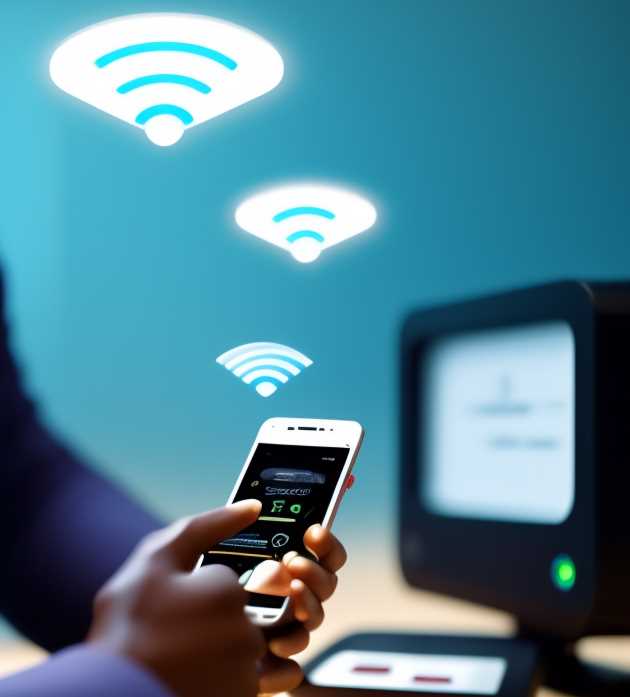
6G is expected to offer the following key features:
- Speed: 6G is expected to offer speeds of up to 1 terabit per second (Tbps). This is significantly faster than 5G, which offers speeds of up to 10 gigabits per second (Gbps).
- Latency: 6G is expected to have a latency of less than 1 millisecond. This is significantly lower than 5G, which has a latency of around 10 milliseconds.
- Reliability: 6G is expected to be more reliable than 5G, with a network availability of over 99.99%.
- Capacity: 6G is expected to support up to 1 million devices per square kilometer. This is significantly more than 5G, which can support up to 100,000 devices per square kilometer.
Benefits of 6G
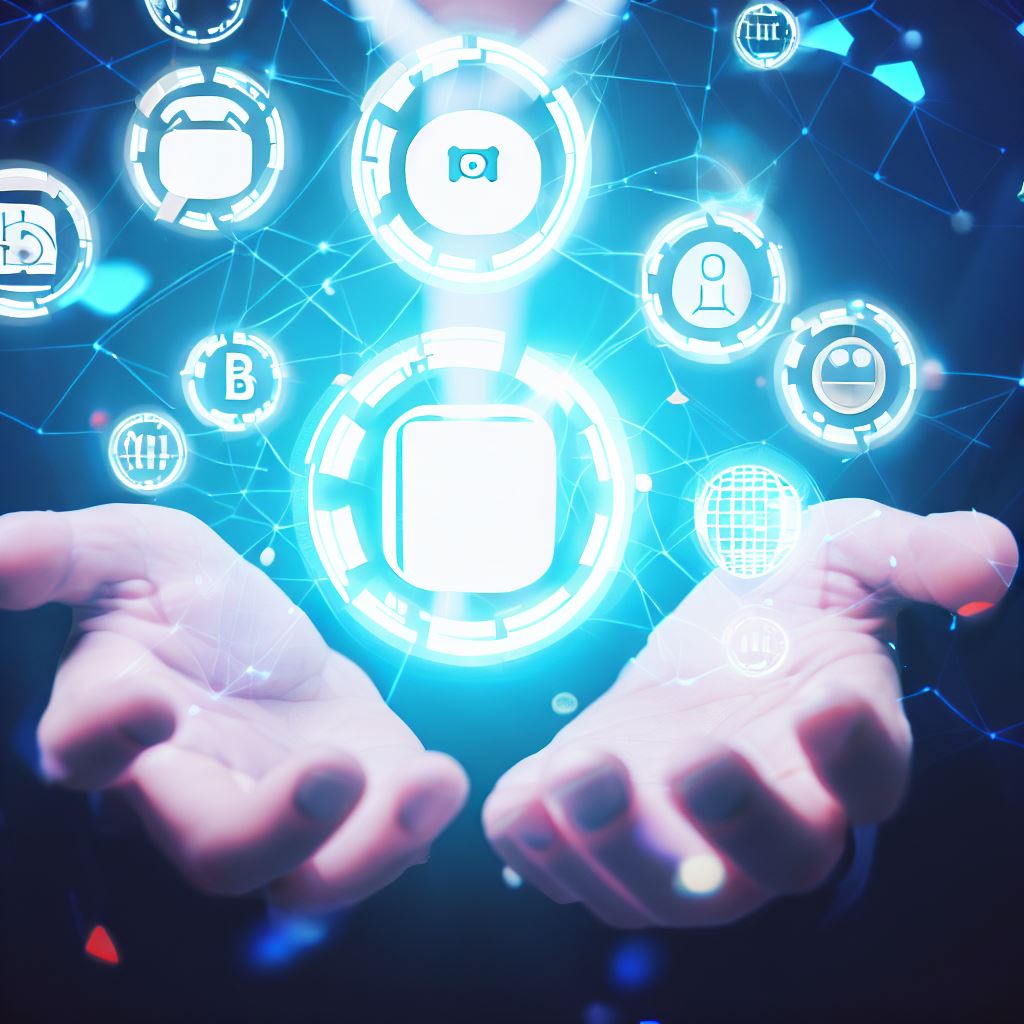
6G is expected to offer a number of benefits, including:
- New applications: 6G will enable new applications such as holographic video, tactile telepresence, and augmented reality.
- Improved user experience: 6G will offer a better user experience for existing applications such as mobile browsing, streaming video, and gaming.
- Increased productivity: 6G will enable new business models and increase productivity in a variety of industries.
- Smart cities and societies: 6G will play a key role in enabling smart cities and societies.
Applications of 6G

6G is expected to be used in a variety of applications, including:
- Mobile broadband: 6G will provide mobile broadband access with speeds of up to 1 Tbps. This will enable new applications such as holographic video and tactile telepresence.
- Fixed wireless access: 6G can be used to provide fixed wireless access (FWA) to homes and businesses. This can be an alternative to traditional cable and DSL internet service.
- IoT: 6G will support the massive deployment of IoT devices. This will enable new applications such as smart cities and smart homes.
- Industrial automation: 6G can be used to automate industrial processes and improve efficiency in manufacturing plants.
- Healthcare: 6G can be used to enable new healthcare applications such as remote surgery and telemedicine.

Challenges of 6G
There are a number of challenges that need to be addressed before 6G can be deployed. These challenges include:
- Frequency spectrum: 6G will require new frequency spectrum to support its high speeds and capacity.
- Infrastructure: 6G will require new infrastructure, such as base stations and antennas, to be deployed.
- Standardization: 6G standards need to be developed and agreed upon by the industry.
- Security and privacy: 6G needs to be designed with security and privacy in mind.
Conclusion
6G is the next generation of cellular network technology. It is still in its early stages of development, but it is expected to offer significant improvements over 5G in terms of speed, latency, and reliability. 6G is also expected to support new applications such as holographic video and tactile telepresence.
6G is expected to have a major impact on a variety of industries, including mobile broadband, FWA, IoT, industrial automation, and healthcare. However, there are a number of challenges that need to be addressed before 6G can be deployed. These challenges include frequency spectrum, infrastructure, standardization, and security and privacy.
Timeline for 6G
The timeline for 6G is still being developed, but it is expected to be commercially deployed in the early 2030s.

6G and Beyond
6G is just the beginning. Researchers are already working on technologies that could be used in 7G and beyond. These technologies include terahertz spectrum, optical communications, and satellite networks.

